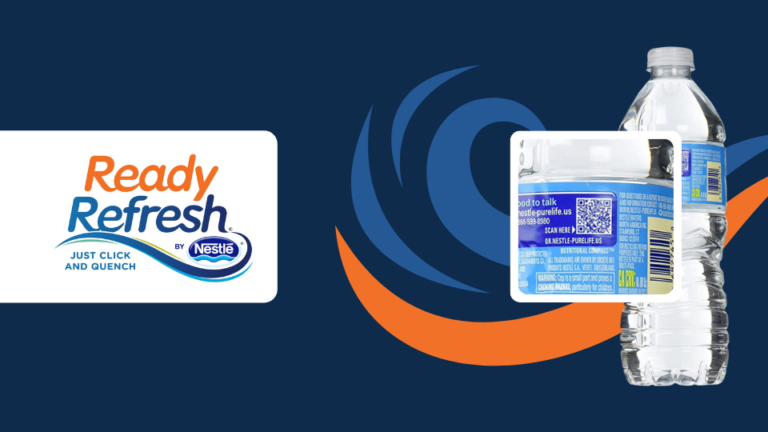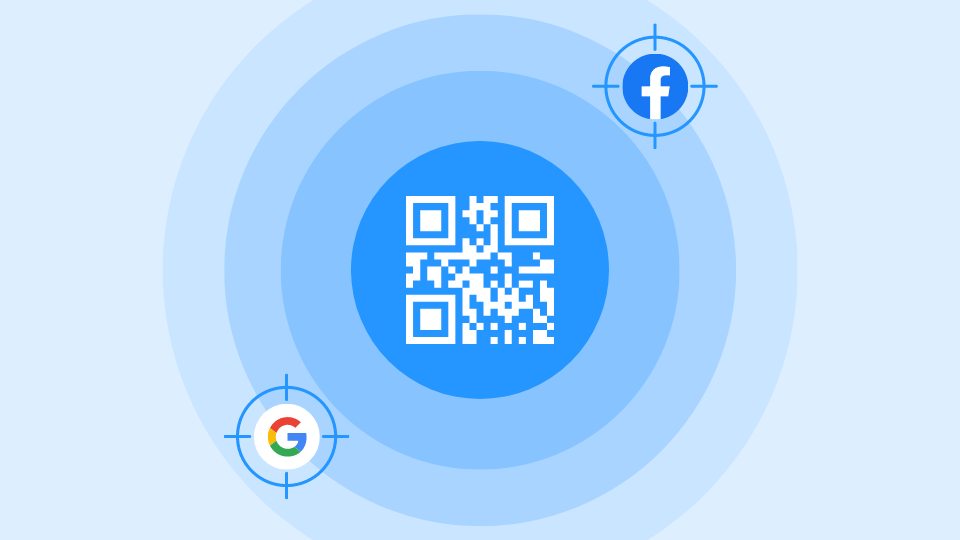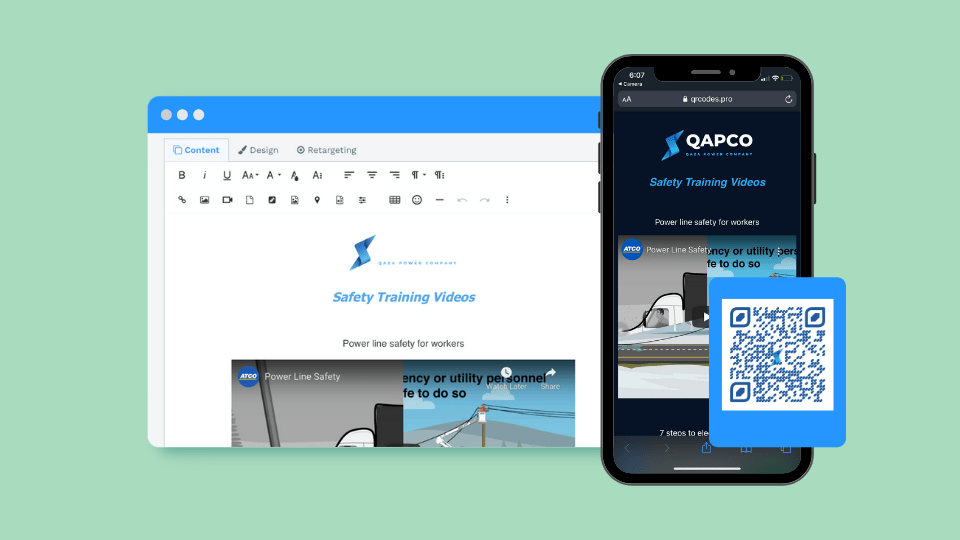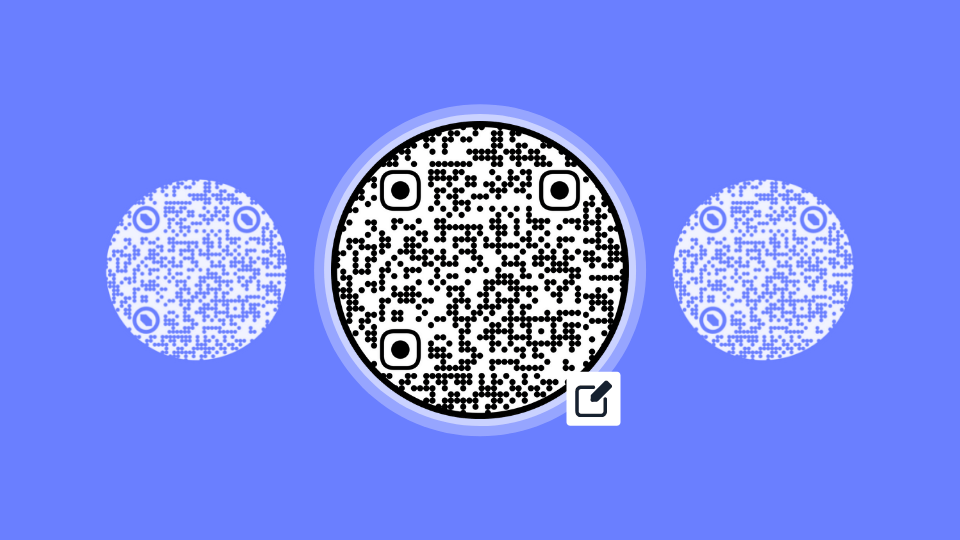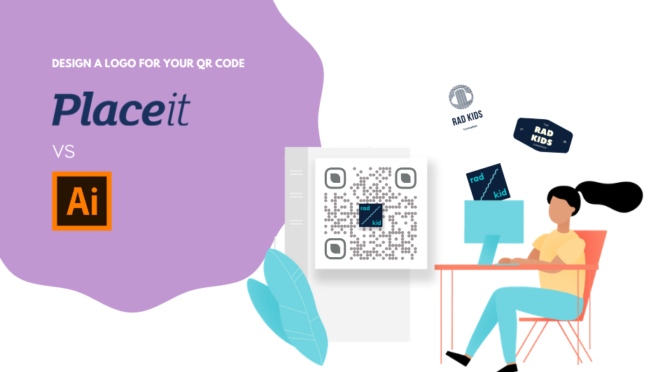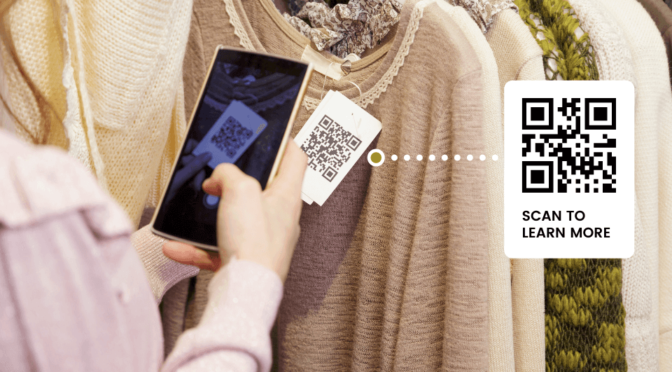55% of consumers prefer to buy directly from brands rather than multi-brand retailers, according to Astound Commerce’s report.
In today’s mobile-first consumer market, adopting a direct-to-consumer strategy acts as a key differentiator for the CPG industry.
Popular brands like Kellogg’s, PepsiCo, Heinz, Dollar Shave Club, and many others have already hopped on the D2C bandwagon.
Which brings us to the question – What’s the driving force for these brands to adopt a D2C strategy?
Among various other reasons, the primary one is data ownership.
CPG brands want complete control over consumers’ data to piece together their buying journey. It helps them delve deeper into their consumers’ minds, walk in their shoes, and serve them better.
One such brand that showed up early to the D2C space and made a notable impact with their consumers is Nestlé Waters North America (NWNA).

About Nestlé Waters North America (NWNA)

Nestlé Waters North America (NWNA) is a US-based beverage company founded in 1976. The brand’s product portfolio includes multiple bottled water brands such as Perrier® Sparkling Natural Mineral Water, Poland Spring, Nestlé Pure Life, and Deer Park Spring Water, to name a few. The brand’s mission is to work towards a sustainable future and promote healthy hydration as a part of every consumer’s lifestyle.
The problems they faced
A surge in mobile adoption
Nestlé Waters products are famous, renowned and have been around for several decades. But over the years, consumer behavior has drastically changed due to the rise of mobile adoption.
People rely heavily on their phones to help them make smarter and quicker purchase decisions – especially when it comes to bottled water.
According to Think With Google’s article, 70% of consumers shopping in-store first searched for information relevant to their purchase on their smartphones. Additionally, 90% of consumers who researched on their phones made a related purchase.
Lack of end-to-end control
Nestlé Waters wanted to leverage this new consumer behavior to create more personalized experiences for their consumers. But it was difficult for them to find ways to do so since they didn’t have complete end-to-end control over the interactions and relationships with their consumers. (Source)
The brand depended on retailers and other middlemen to sell their products. Due to this, they only had a partial view of their consumers’ journey and couldn’t figure out their preferences and behavior.
This was a major roadblock for them.
Their solution – ReadyRefresh

Nestlé Waters North America (NWNA) was aware that the average consumer spends over four hours on their smartphone every day.
In order to stay relevant with these mobile-first consumers and acquire consumer data firsthand, NWNA launched their very own e-commerce subscription channel called ReadyRefresh for water and beverages.
Granted, this was a bold move for a well-established CPG brand at the time (2015), but this first-in industry gave them a chance to accompany and help their consumers at every step of the consumer buying process.
Since the brand now had its own digital channel, they had complete control over their website’s marketing efforts. This led to them curating specific content based on consumer needs, essentially providing highly personalized experiences for each of them.
The type of content also depended on other factors such as the weather. If the temperature was higher than usual in some areas, the content and messaging centered around how consumers could beat the heat and quench their thirst.
The impact of data ownership
Nestlé Waters had the ability to acquire brand-owned consumer data to help them understand their consumers’ preferences and behaviors better.
They used Google’s tools such as Analytics 360 and Campaign Manager to accumulate all the data from their website’s touchpoints. This gave them a centralized view of all their consumers and helped them understand how to cater to their needs better.
Due to this integration of data into various platforms, NWNA was able to try out audience strategies such as Similar Audiences.
By combining their first-party data with Google’s audience data coupled with a modeling algorithm, the brand was able to find consumers that behave similarly to their existing ones.
This was a major bonus since the brand could reach out to similar consumers, who they knew would be interested in their products, rather than implementing mass marketing campaigns, leading to low response rates.
The data obtained also came in handy for retargeting consumers to increase the number of conversions.
Measurable results

Since the launch of ReadyRefresh, Nestlé Waters’ e-commerce subscription channel, the brand has been able to leverage first-party data to find more qualified prospects, cutting consumer acquisition costs by 30%.
They primarily focused on lifetime value as their key performance indicator.
By optimizing content to appeal to consumers better and driving online sales, the brand successfully built stronger relationships with its consumers. This is what significantly impacted their lifetime value for the better.
Nestlé Waters learned how to become a helpful companion to their consumers at every stage of the consumer buying process by utilizing the data obtained from their e-commerce channel.
ReadyRefresh’s success in the current scenario
ReadyRefresh is currently garnering $176 million in revenue.
The brand has a strong online presence on social media with over 78,000 followers on Facebook and more than 2,500 Twitter followers.
This year, NWNA has announced the expansion of ReadyRefresh’s beverage portfolio to deliver healthier beverages to consumers along with flexible delivery options.
During these unprecedented times, e-commerce has risen to the forefront of every consumer’s needs.
ReadyRefresh continues to thrive, reaching more than 80% of the US population.
The brand has succeeded in making more varieties of healthy beverages available to consumers from the convenience of their homes. In this way, they’ve also motivated consumers to continue with their health kick.
Due to the brand’s massive reach to US consumers, many individuals can discover a wider array of beverage options through ReadyRefresh’s growing delivery service.
How do QR Codes add to the D2C experience?

Since QR Codes are a mobile-first technology, consumers are more likely to adopt them.
They’re easy to set up and use, and it requires the least amount of effort from consumers to access the information they need.
Whether it’s for product transparency, brand storytelling, promoting loyalty programs, or sharing your social media handles, a QR Code on a product serves as a viable channel to collect data firsthand from consumers and influence their purchase decisions.
A single scan is all it takes to receive information at their fingertips. And with each scan comes a stream of first-party data to aid CPG brands in analyzing consumer behavior.
Not to mention that your brand will receive QR Code data from both brick-and-mortar stores as well as your e-commerce website. So, you’re able to acquire valuable consumer data and elevate the consumer experience. It’s a win-win strategy.
This further sheds light on the fact that QR Codes are very promising for establishing a D2C channel.
Why Uniqode’s QR Code solution is suitable for brands switching to D2C
#1. Dynamic QR Codes for campaign variations

With dynamic QR Codes, experiment with different campaign variations without the hassle of reprints and redistributions. Any changes you make to the campaign are reflected instantly.
#2. In-built analytics for first-party data

Uniqode has an in-built analytics dashboard for dynamic QR Codes. You’ll get access to first-party data such as the number of QR Code scans, locations, and devices used.
Track and assess different campaign variations to figure out which one works best.
You can also integrate your account with Google Analytics to run an in-depth analysis of your campaign’s performance.
Generate QR Code reports on a timely basis – be it daily, weekly, monthly, quarterly, or lifetime. You can even create reports based on a custom date range. Export these reports in XLS to share it with the relevant stakeholders.
#3. White-labeling & custom-branded QR Codes for consistent brand representation

Uniqode enables you to create custom-branded QR Codes for thorough brand representation.
Here are the different customization options available:
- Add a logo
- Change the color scheme
- Select a predefined template
- Select a background
- Select a QR Code data pattern
- Add a frame text
You can also white-label your QR Codes to use your own custom domain and remove the Uniqode branding.
Customizing your QR Codes to match your brand makes it stand out from the traditional black and white, non-branded QR Codes. Moreover, it improves brand recall and leads to higher scan-through rates.
#4. Multi-lingual QR Codes to cater to global audiences

Use multi-lingual QR Codes to deliver localized content to your global audience and communicate with your consumers in their preferred languages.
Once a consumer scans the QR Code, they’ll be directed to a translated page based on their smartphone’s default language setting.
#5. Age-gated QR Codes to comply with legal age of consent

Best suited for alcohol brands, age-gated QR Codes help your brand comply with the legal age of consent.
You can set a minimum age requirement on your QR Codes. Once a consumer scans it, they’ll need to enter their date of birth for verification before accessing the landing page.
Consumers can also opt in to remember the settings on their mobile devices.
QR Codes are essential for building a D2C channel
Since Google is phasing out the third-party cookie by 2022, CPG brands can no longer rely on them to monitor user data and behavior as part of their R&D efforts. This also affects the targeted ads they send to their audiences.
Due to this news, QR Codes are rising in relevance for CPG brands. They are a crucial technology that allows businesses to acquire brand-owned first-party data to develop a deeper understanding of their consumers.
It’s an agile, scalable, and end-to-end solution that gives CPG brands the power to own their narrative.
Brands can use QR Codes in a multitude of campaigns, equipped with a powerful analytics engine to observe the campaign’s effectiveness. This technology makes a difference and has the potential to revolutionize consumer experiences for the better.







